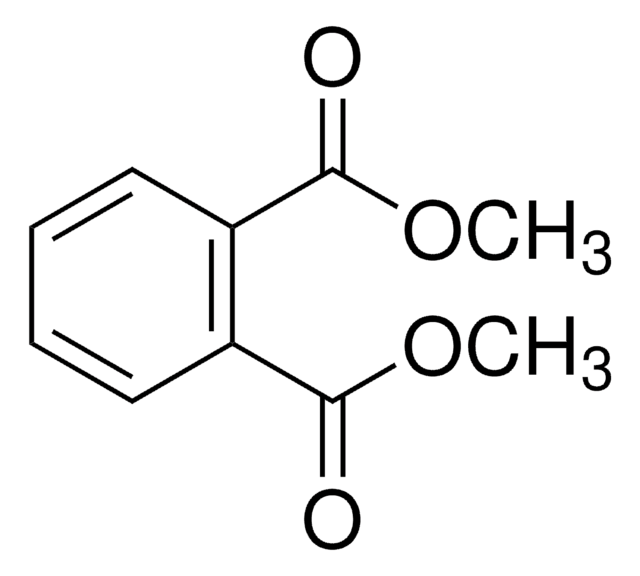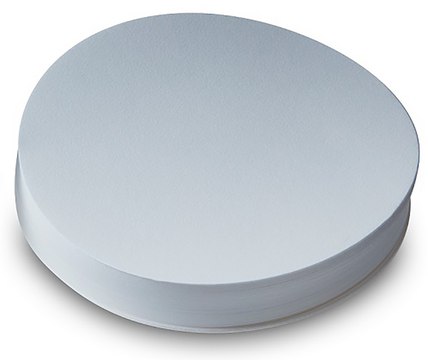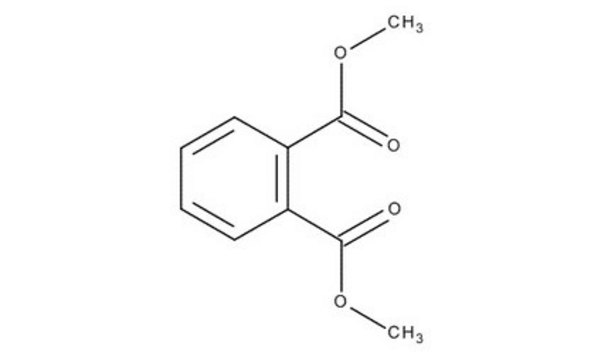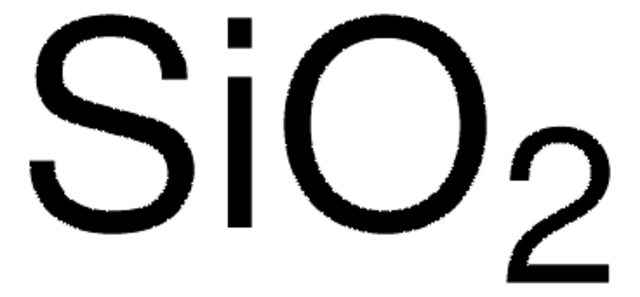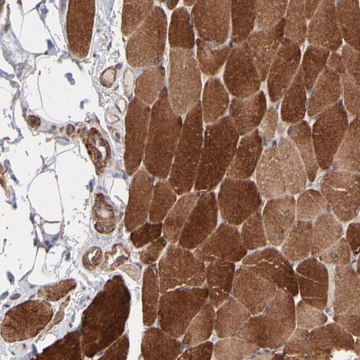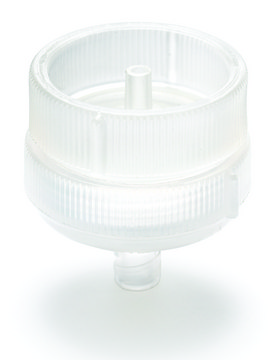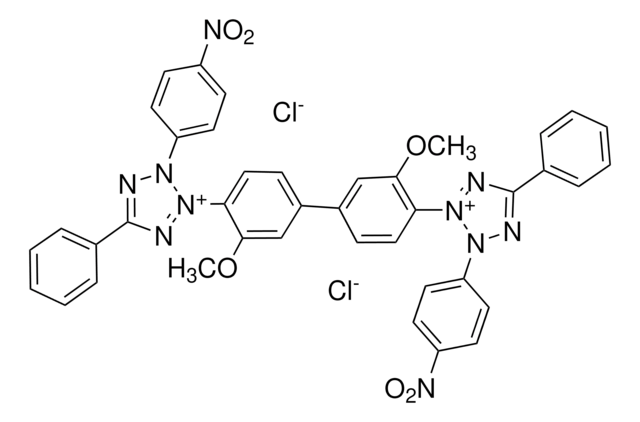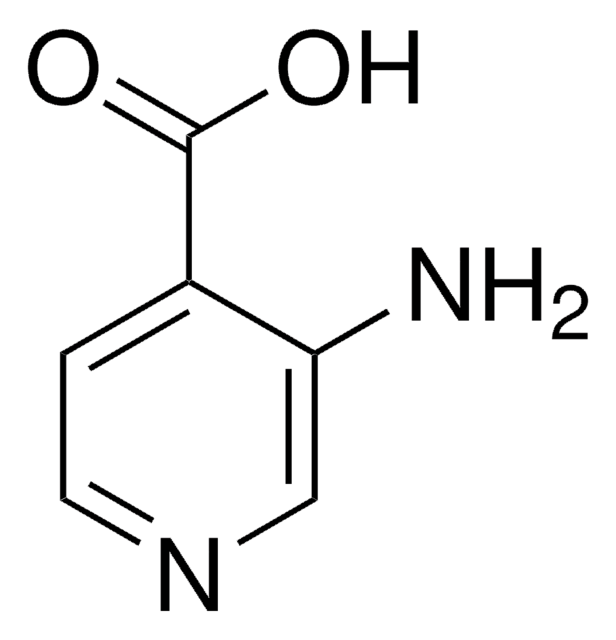07-4770
Dimethyl phthalate
SAJ special grade, ≥99.0%
Synonym(s):
DMP
Sign Into View Organizational & Contract Pricing
All Photos(1)
About This Item
Linear Formula:
C6H4-1,2-(CO2CH3)2
CAS Number:
Molecular Weight:
194.18
Beilstein:
1911460
EC Number:
MDL number:
UNSPSC Code:
12352108
PubChem Substance ID:
Recommended Products
grade
SAJ special grade
Assay
≥99.0%
form
liquid
autoignition temp.
1033 °F
availability
available only in Japan
refractive index
n20/D 1.515 (lit.)
bp
282 °C (lit.)
mp
2 °C (lit.)
density
1.19 g/mL at 25 °C (lit.)
SMILES string
COC(=O)c1ccccc1C(=O)OC
InChI
1S/C10H10O4/c1-13-9(11)7-5-3-4-6-8(7)10(12)14-2/h3-6H,1-2H3
InChI key
NIQCNGHVCWTJSM-UHFFFAOYSA-N
Looking for similar products? Visit Product Comparison Guide
Storage Class Code
10 - Combustible liquids
WGK
WGK 1
Flash Point(F)
294.8 °F - closed cup
Flash Point(C)
146.0 °C - closed cup
Personal Protective Equipment
dust mask type N95 (US), Eyeshields, Gloves
Regulatory Information
新产品
Choose from one of the most recent versions:
Already Own This Product?
Find documentation for the products that you have recently purchased in the Document Library.
Zhengwen Xu et al.
Environmental science & technology, 44(8), 3130-3135 (2010-03-17)
In the present study, a novel approach was developed to remove dimethyl phthalate (DMP), a representative phthalic acid ester (PAE) pollutant, from an aqueous solution using a macroporous OH-type strong base anion exchange resin D201-OH. As compared to the traditional
L J Xu et al.
Water research, 47(6), 1996-2004 (2013-02-12)
The merits of the combined process of high-frequency ultrasound (US) and catalyst-free ultraviolet irradiation (UV) have been evaluated in this study by investigating the sonophotolytic degradation of dimethyl phthalate (DMP). A 400 kHz ultrasonic system and a photolytic system at
Yiling Chen et al.
Journal of hazardous materials, 235-236, 92-100 (2012-08-14)
In this study, we demonstrate that the decomposition of dimethyl phthalate under microwave irradiation could be greatly enhanced over Fe@Fe(2)O(3) nanowires supported on activated carbon (Fe@Fe(2)O(3)/AC). The great enhanced decomposition of dimethyl phthalate could be attributed to a unique microwave
Yi-Hung Chen et al.
Journal of hazardous materials, 192(3), 1017-1025 (2011-07-05)
The removal of dimethyl phthalate (DMP), which is a pollutant of concern in water environments, was carried out by catalytic ozonation with TiO(2)/Al(2)O(3) catalysts. The heterogeneous catalytic ozonation was an ozonation process combined with the catalytic and adsorptive properties of
Yuan Jing et al.
Journal of hazardous materials, 189(1-2), 40-47 (2011-03-08)
TiO(2) was prepared by a hydrothermal method at a low temperature and used to degrade and mineralize dimethyl phthalate (DMP). TiO(2) was characterized by XRD, TEM, BET and UV-vis techniques. The characteristics of TiO(2) prepared by a hydrothermal method (h-t
Our team of scientists has experience in all areas of research including Life Science, Material Science, Chemical Synthesis, Chromatography, Analytical and many others.
Contact Technical Service